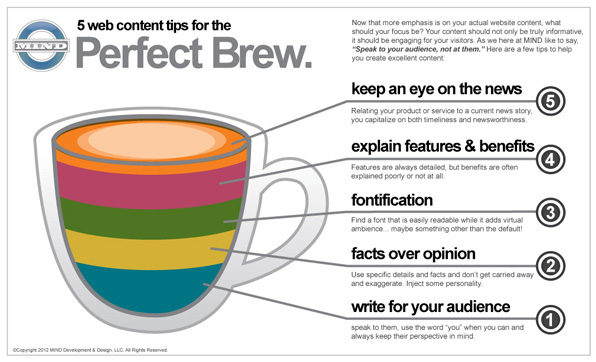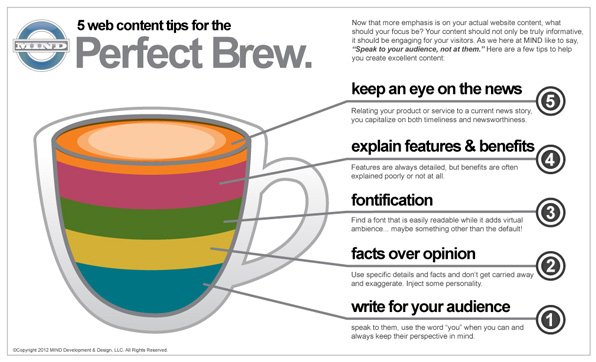
For the last few months, SEO consultants have been scrambling to find ways around Google’s Penguin algorithm, which have turned linking strategies into a little more than a dirty word. The problem, from Google’s perspective, is that a vast network of links pointing back to a website doesn’t necessarily verify the value of the site to searchers. And yet, by old standards, tons of links were a great way to raise search engine rankings. So when Penguin was released, plenty of websites found out the hard way that they would have to clean up their act (and their links) or suffer the penalty. In other words, a strategy that relied heavily on buckets of low-quality links and little else to boost popularity would result in delisting from Google. And tons of websites got the boot for this error early on. However, it should be noted that Google has not banned the use of links. They just want websites to focus on the quality of content they provide so that patrons and peers link back to them and share their pages organically.
So, what can a company do these days to work on their own behalf where link backs are concerned in order to take control of their marketing strategy? In addition to seeking out high-quality links, many have opted to turn to infographics as a way to propagate links. If you don’t know, infographics are basically a graphic representation of any type of information you’d like to present, using a combination of pics and text to compress the amount of data being delivered as well as appeal to viewers visually. Most people would rather read bullet points than slog through a dense forest of text. And graphics are certainly more eye-catching than blocks of black-and-white. So infographics can be a great way form of content marketing to increase traffic referrals, links, and diversify link profiles that are overly heavy on anchor text.
However, they can also be used as a valid part of creating an organic spiderweb of links leading back to a website. In truth, it’s simple enough to add links to the HTML code embedded in any infographics, so that any time a user clicks on the graphic box it takes them directly to the original page (on your site). But what’s really kind of genius about using this tactic as part of an overall online marketing strategy is that viewers are far more likely to share and repost infographics than a complete body of text. If you can find ways to present information through a graphic format, and you can inject some humor, spectacle, scandal, or other impetus to share, you may find that it starts to spread like wildfire.
It’s not easy to become a web sensation, and the strategy can definitely be hit or miss. But when you hit, you’ll find that you soon have a lot more links pointing at your site. One good infographic could boost your popularity and page rank significantly with very little effort on your part. In truth, you first have to create an incredible post that people want to share, and there’s no real formula to help you out here. But don’t let that stop you from using this clever marketing tool to continue building your web of links. It could definitely help you to increase your web presence without risking retribution from Google.

